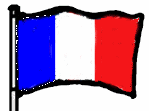 (modifié de Coste, Flore de la France 1937) :
(modifié de Coste, Flore de la France 1937) :
Plante polymorphe.: annuelle ou bisannuelle ; tige de 10-40 cm, rameuse.
Écologie : (répartition d'après la flore) Champs et coteaux dans presque toute la France.
Répartition hors de France : Europe centrale et méridionale ; Algérie
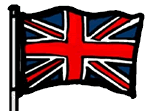 (modified from Butcher, British Flora 1961):
(modified from Butcher, British Flora 1961):
NOTE: the French text is more complete and up-to-date
A small, much branched, slightly hairy annual, 10-20 cm high
Ecology UK: (distribution according to flora) found rarely in chalky cornfields in S. England.
France:
Distribution outside France: ?
Fleurs : blanches ou lilacées ; grappe fructifère à la fin allongée et lâche, à pédicelles étalés ;
Floraison France : Mai-octobre
Flowers: 7 mm diam., in very short racemes; sepals oval, with few hairs; petals white, unequal, fwice as long as sepals.
Flowering UK: Mid June late July
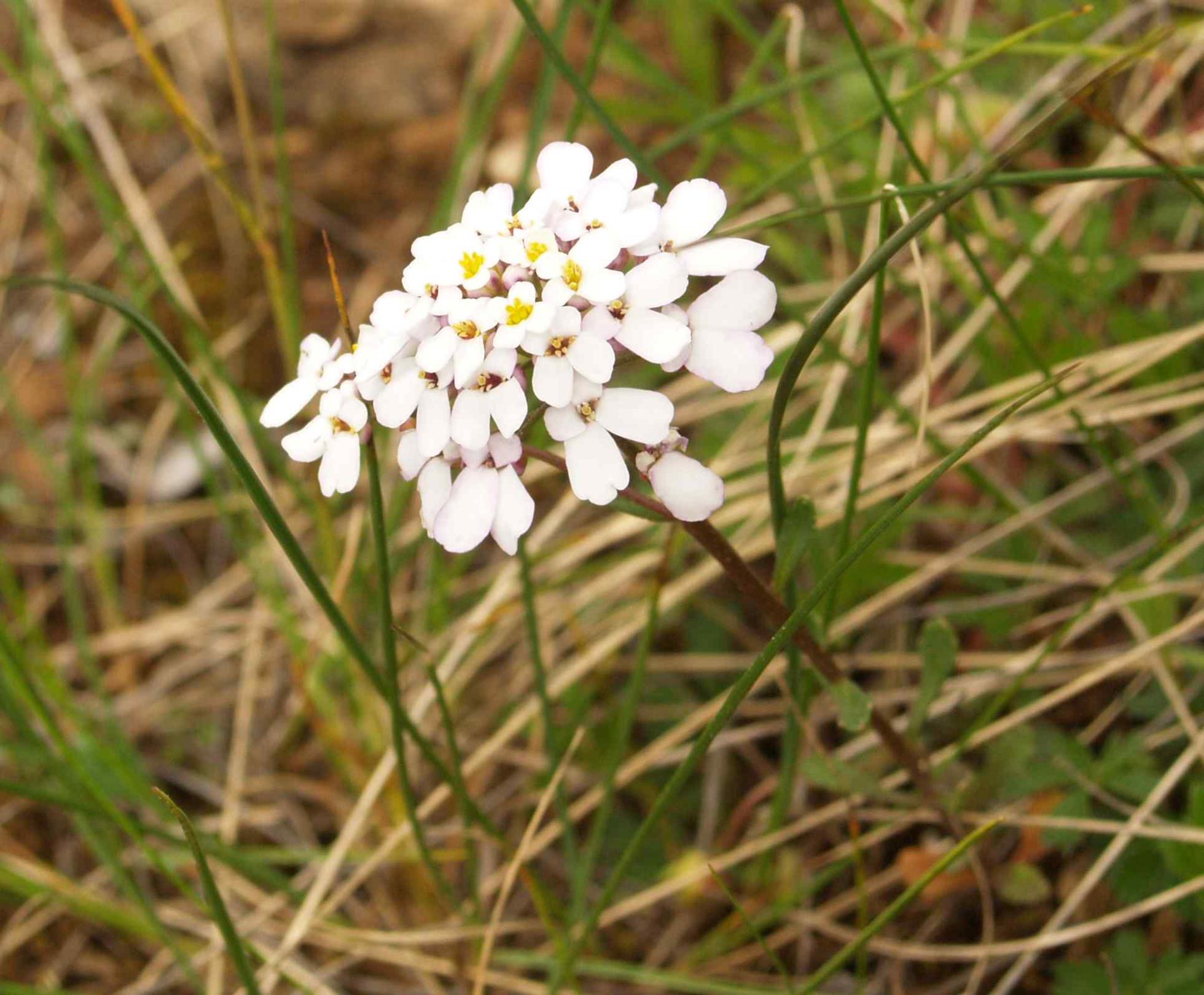
 Candytuft, Annual
Candytuft, Annual
 Ibéris amer
Ibéris amer
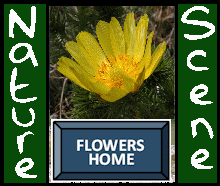


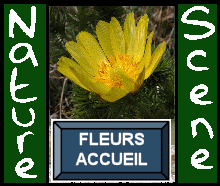
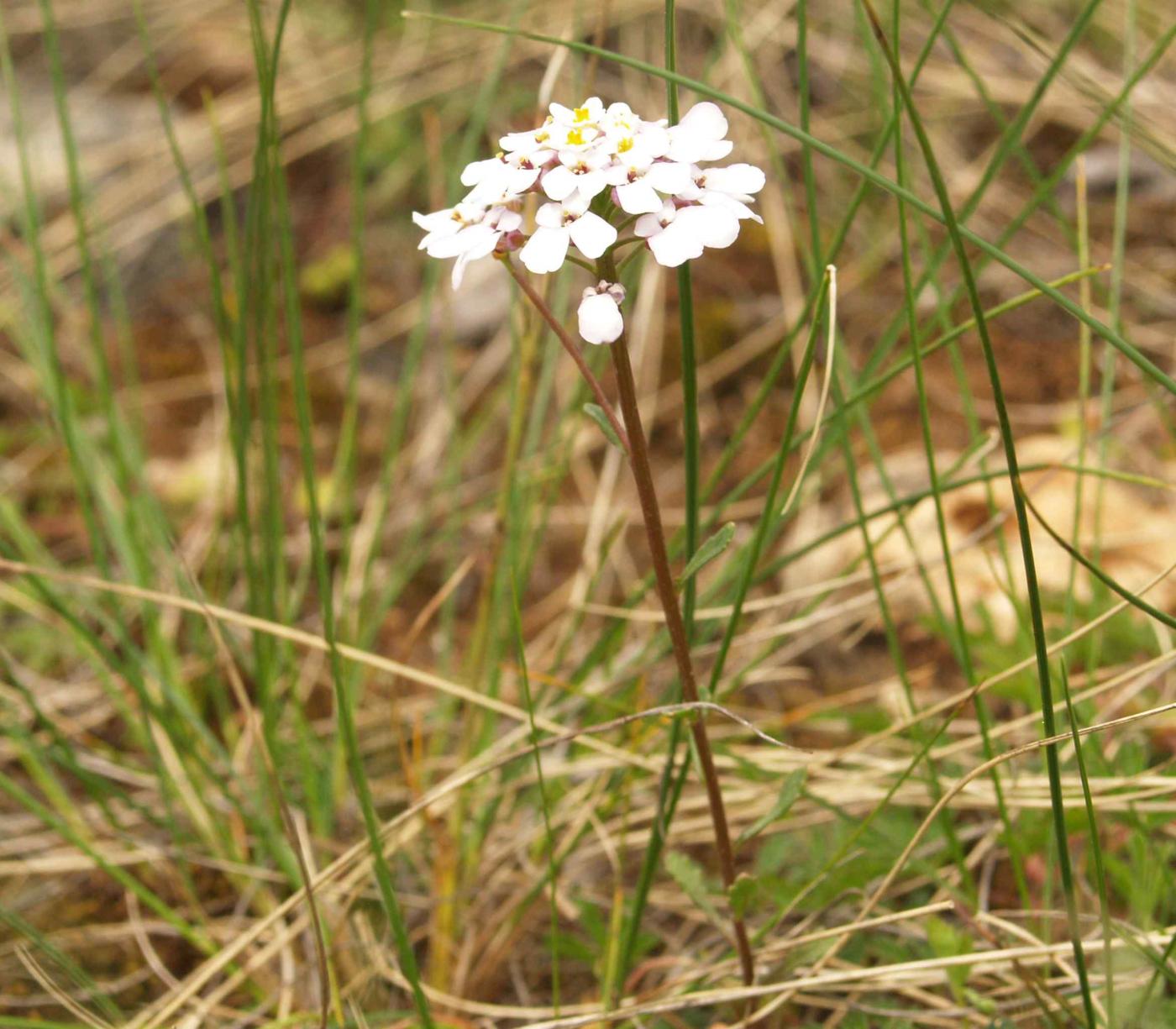
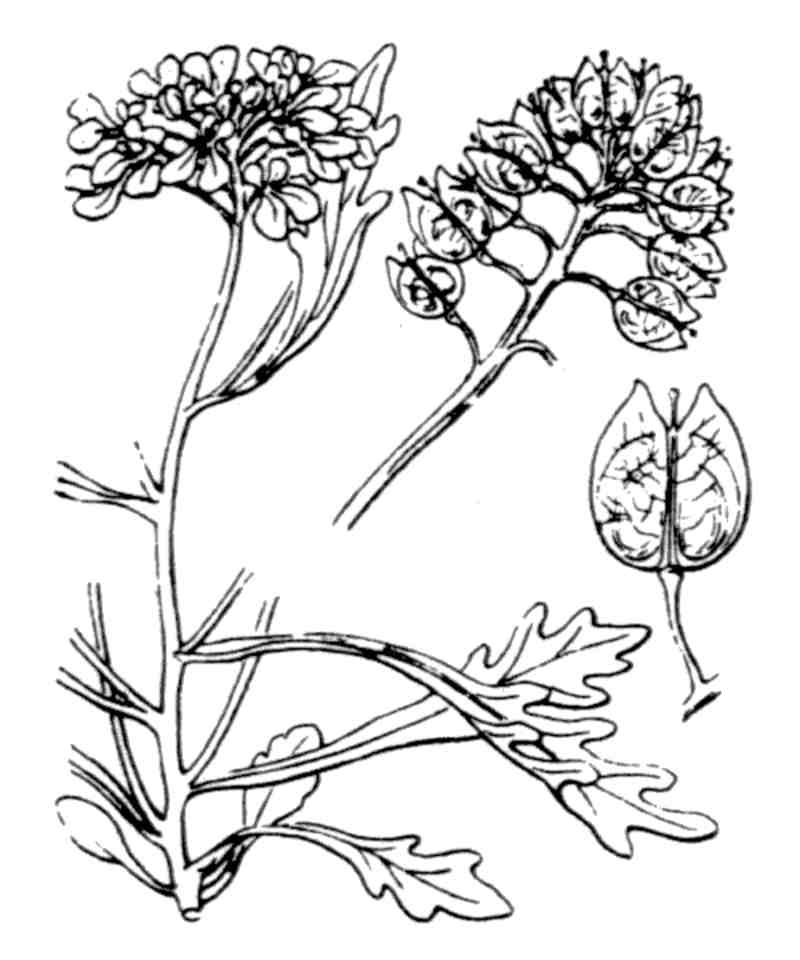
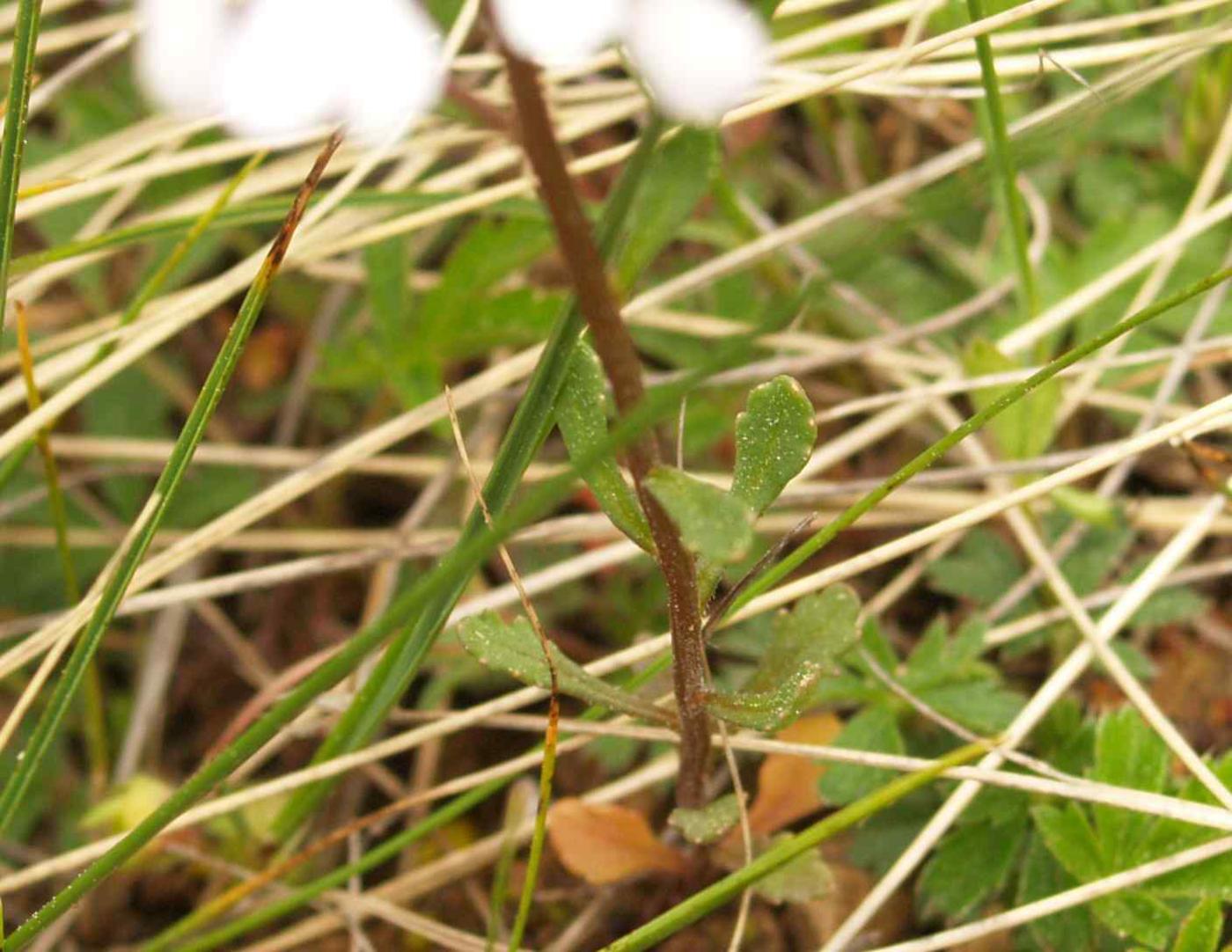
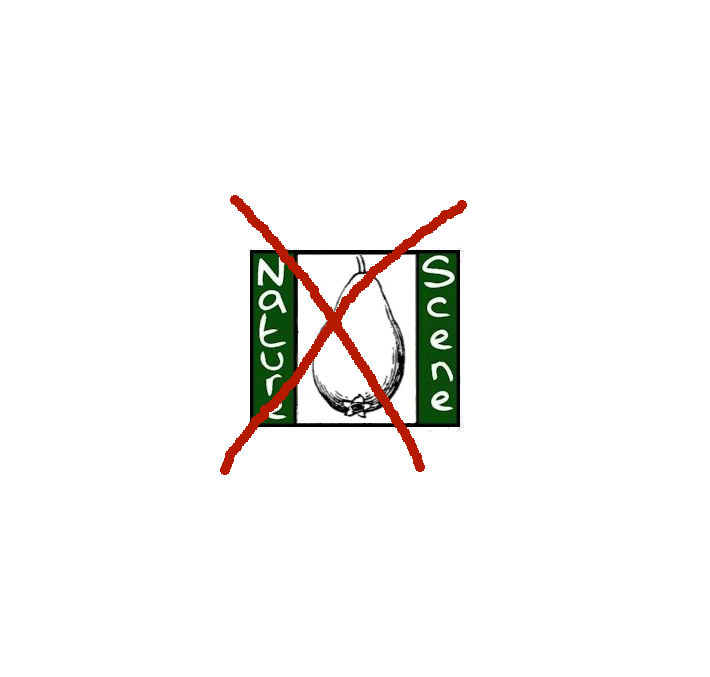
 Please
consider
Please
consider 











